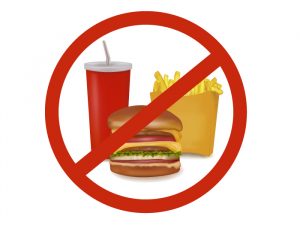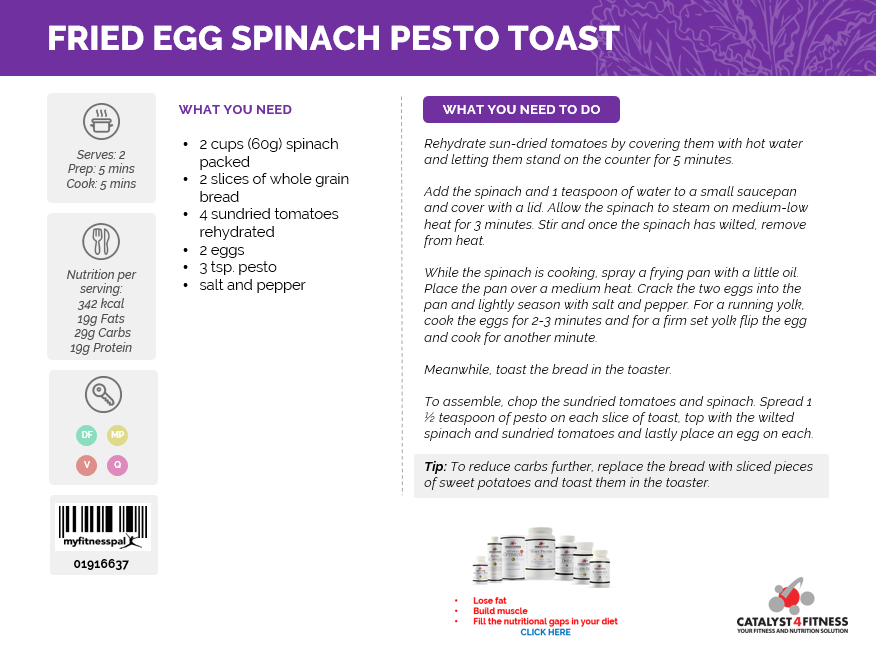Foods to Avoid
When I began writing this, I intended to title it the “Worst 5 Foods” but there were so many foods and meals from restaurants, desserts, drinks, and side dishes that my list was nearly endless. Instead, I decided to group some general foods together, although I do use a few specific examples. As you read these, keep in mind that if you are following a healthy meal plan, it allows for occasional indulgences but overall, these are foods to avoid.
1. Fast food. “Two all beef patties, special sauce, lettuce, cheese, pickles, onion, on a sesame seed bun.” I think all of us can recite this jingle.
As well known as the song is, the truth is that fast food has made this short and not so noteworthy list. I guess this really shouldn’t be a shocker though. I offer two words: Supersize Me.
The health problems that Morgan Spurlock developed in only 30 days not only shocked his physicians, but abhorred us viewers. In less than a month, his blood pressure went up, his cholesterol went up, and his weight went up. He felt and looked absolutely awful as the days went on. It also took him more than a year to lose the weight he gained in just those 30 days! And we all know that being overweight or obese greatly increases our risk of heart attack, stroke, diabetes and many other illnesses.
While this documentary focused specifically on McDonald’s, my point applies to all fast food restaurants. To help put this monstrosity in perspective and how it affects Americans, McDonald’s alone sells 4.2 million hamburgers a day in the United States!

2. Cereal. Aaahhhhh…fond memories of being a kid and eating Lucky Charms, Count Chocula, and Froot Loops. Count Chocula was my favorite! I liked how the milk became chocolate-y the longer that the cereal sat in the bowl. Yummy!!!! And the marshmallows tasted soooo good! Boy did I eat a lot of cereal! However….(yes, there is a “BUT”), with the exception of one or two cereals hiding in the back of a bottom shelf in a grocery store, the fact that cereal is on this list shouldn’t be a surprise either. Loaded with sugar, carbohydrates and little nutritional value, cereal is not a good meal choice. Period. And sorry to say, adding fruit or using low fat milk doesn’t “cancel out” the bad stuff!
3. Canned Juices and Canned Fruits. These are healthy drinks and side dishes, right? Well….not so much. In reality, their sugar content is outrageous! Some examples:
- Dole Orange Juice with Pulp – a single 8 oz serving contains 120 calories and 23 grams of sugar.
- Welch’s 100% Grape Juice – an 8 oz serving contains 140 calories and 36 grams of sugar. And a note about their Grape Juice with Calcium. Oddly it has the same amount of calcium as their original Grape Juice which is all of 10%. Interesting marketing, wouldn’t you say?
- Ocean Spray – many of their cranberry juice blends contain less than 20% actual fruit juice. Most of the juices contain 73 – 85% added sugar which gives them their calories. This is the equivalent of about 2 scoops of ice cream. Definitely not a good nutritional choice!
Canned fruits are nearly the same. You might be thinking “Really?” The answer is a resounding “Yes!” The amount of sugar in such a small serving is shocking. It outweighs the benefit of the fruit, unless you are comparing it with something like a twinkie. With a twinkie, you know it’s not good for you. But too many people choose canned fruit as a health food. Two better alternatives are fresh fruit or frozen fruit.
Looking for an alternative? Try Online Nutrition Coaching. With more than 7000 recipes to choose from, it also automatically generates your grocery list, and calculates your calories and macronutrients.
4. Fried Food. Have you ever seen the television show Deep Fried Paradise? I can’t believe some of the foods that they fry and eat! While it’s fun to watch, eating fried food just isn’t good for you either.
Fries, fried chicken, fried mozzarella cheese sticks, fried rice, fried egg rolls, country fried steak, deep-fried twinkies, and any of the fried “specialties” that the local county fairs offer, are full of fat, fat, fat, and calories, calories, calories.
These are just two examples of how bad frying food is.
- A roasted chicken breast has about 140 calories and 3 grams of fat. When you bread and fry it with the skin on, you are now eating about 360 calories and 18 grams of fat. The trans fat can contribute to heart disease, the additional weight you gain can be another factor of heart disease, and it can also lead to diabetes and other illnesses. ‘Nuff said.
- A large baked potato (about 7 oz) contains about 280 calories and less than 1 gram of fat. Turn it into french fries and you are now eating almost 700 calories and 34 grams of fat. And this is plain. These numbers don’t include the ketchup or ranch dressing you dip them in, or the melted cheese and bacon you cook on top.
5. Donuts. Dunkin’ Donuts, Krispy Kreme, fresh donuts from your local bakery, and those sold in grocery stores are all high in trans fat, sugar, and calories. Yet Americans eat 10 billion donuts a year! If so many people eat them, how bad can they really be?
- Dunkin’ Donuts Chocolate Coconut Cake Donut – just 1 contains 550 calories, 39 grams of fat, and 22 grams of sugar.
- Krispy Kreme Honey Bun – 410 calories, 24 grams of fat, and 22 grams of sugar.
Now think about how many you eat in a sitting. Or are you the “fly by” type who walks past the donut box in the office a few times throughout the morning, and grabs one during each pass?
Bonus Tip: Stay away from creamy salad dressings. Like canned fruit or fruit juice, many people order salads because they think they are healthy. More often than not, this is not the case! Add in the different types of cheese, the fried wonton strips, the candied pecans, the processed lunch meat that is often used, and the croutons, and you’ve sabotaged yourself! Now for the topping – the salad dressing.
A typical serving size is supposed to be two tablespoons. Do you know how small this is? Go into your kitchen and pull a tablespoon measure out of the drawer. Two tablespoons are the size of a ping pong ball! Each two-tablespoon serving of these traditional creamy dressings adds at least 120 calories and 12 grams of fat. What’s worse is that most people pour at least twice this amount, or ¼ cup, onto their salad. And in some restaurants if you ask for salad dressing on the side, it comes in a ½ cup bowl!
Eating healthier isn’t difficult. Take these tips and make smart choices.

